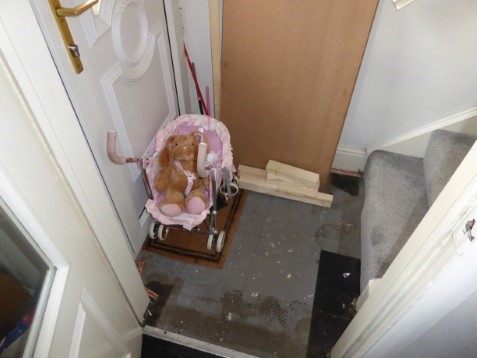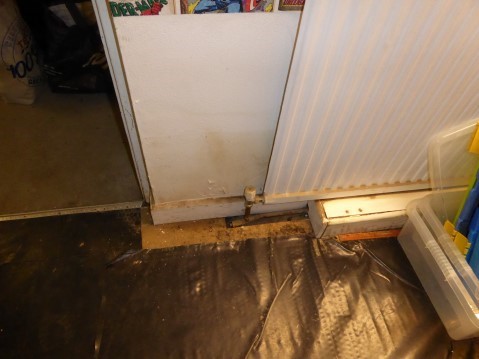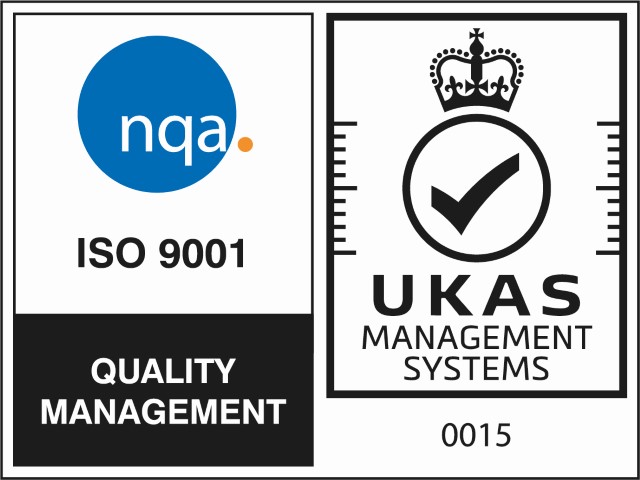Flood damage reinstatement works: case study
Regulated by RICS
Instant Quote | NO OBLIGATION
Or Call 0333 200 7198
Works: Survey of flood damage and make comment regarding defects and damage relating to recent flooding.
Property: Two properties in South Yorkshire.
Instructed by: Flood support fund organisation.
Property 1
- The first property was a traditional two-storey semi-detached house built circa 1950.
- Flood water had entered the property and risen to 200mm in depth at ground floor level.
- Only the ground floor was affected by flood damage.
- Several works were recommended to the hallway, reception room and kitchen to reinstate the property following the flood damage:
- removing vinyl floor tiles and carpet and thoroughly cleaning the concrete floor slab
- removing internal joinery items such as doorframes and skirting boards
- removing plaster finishes to a height of 1m
- the area should be thoroughly cleaned to remove contaminates from the flood water
- reinstating and replacing finishes, and redecoration.
- Vinyl tiles were present below the carpet. Because asbestos is sometimes found in vinyl tiles, asbestos testing was also required before any of the above works could be carried out.

Property 2
- The second property was a traditional two-storey mid-terrace house built circa 1900.
- Flood water had entered the basement and risen to a depth of approximately 300mm.
- The render/plaster on the inside basement wall in the front basement room had failed. The walls were still slightly damp, but this is to be expected in a basement area in a property of this type and age.
- The central basement room had been plastered and painted. The plaster and paintwork were damaged by water up to a height of approximately 1m.
- Timber floor coverings, skirting boards and door frames also had water-damage.
- In order to reinstate the basement to its original condition, the above-mentioned damaged items needed to be removed and replaced.
- Before carrying out these works, the area should be thoroughly cleaned to remove contaminates from the flood water.
- However, we advised that if the finishes were reinstated without additional damp-proofing works, they were likely to deteriorate further in the future due to the natural damp conditions within the basement area which are not unusual for a property of this type and age.
- We also advised that because of the restricted head height in the basement, it would not comply to current Building Regulations for a habitable room.
- This example illustrates the importance of using proper techniques, in accordance with Building Regulations and with adequate damp proofing, when converting basements into habitable rooms. As our surveyor, Paul, stated “if the internal finishes had not been installed, the basement would be fine once it had returned to normal moisture levels.”

For more information on our flood damage reinstatement works, please visit our Commercial site.










